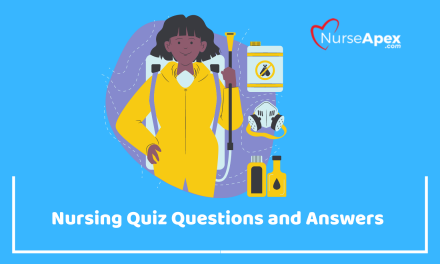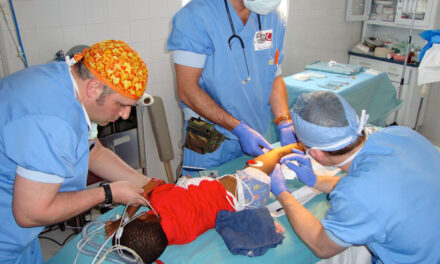Sexual behavior is one of the problems that affect youths in the United States. Some of the teenagers find themselves in practice either knowingly or unknowingly. In most cases, it happens that most of the teens have reached the adolescence stage yet they have no one to educate them on the appropriate sexual practices. These youths eventually find themselves in sexual acts with no protection. The environments and neighborhood where the children live contribute significantly to the sexual behaviors of the adolescents. Some youths live in impoverished and uninformed neighborhoods and thus end up missing. The purpose of the article was to determine and examine the sources of sexual health information to help the youth in sexual risk reduction behaviors (Stevens et al., 2017). To be more precise, the article has a clearly defined objective and the study carried out is dictated by the purpose. The researchers achieve their goal in a way or the other in that they can determine the most common source of sexually related information, especially to the youths.
The article adopts a detailed design to answer the research question. It is the most appropriate approach to the research because of the requirements. First, the descriptive study design is characterized by some form of a case study (Galea, 2015), original observation as well as surveys. In the study, there is no case study, but then the features of surveys and consideration are evident. Perhaps, the researchers could have included a case study to make the research fully fit into the design.
Nevertheless, the remaining two features are enough to make it competent research. It is through direct observation that the researchers were able to identify the disadvantaged area where the study was carried out. However, it is the surveys that are evident throughout the study. It is the prominent method of data collection. On the same note, it has enabled the researchers to come to a substantial conclusion. However, a short questionnaire could have served better as more reasonable information could have been collected.
Unlike other scientific forms of research, the article adopts an absurd way of choosing its study population. All they concentrated in was the parameters such as age, race, and gender. There is no precise method of getting the 249 sample size as it is to be done in scientific research. In as much the researchers failed to use adapt that experimental procedure, they must have come up with power analysis to determine the required sample size. If in case the researchers never employed the power analysis, they could not have come up with a sample size that could sustain their research. However, it does not mean that the article meets the requirements regarding sample size. Bigger sample size could have given the researchers better result than those that they acquired from the sample.
Additionally, the study adopts a very informal method of sampling. After picking their study area, they now have to go to places looking for youths. They went for the organization that has a high population of the teenagers. Ironically, they select only the community that is willing to participate in the survey. It is likely that the research was compromised. A more random approach could have brought a better picture in the study. If a similar study were to be carried out, it would difficult to base it on the given procedures. The methodology lacks a step by step guide that can be used by further researchers. To make matters worse, the dropouts of the research are not fully accounted. Similarly, subject mortality is not documented meaning the integrity of the study is partially compromised.
The research makes good use of the t-test and the f-test to test the hypothesis. The two tests perfectly fit the research primarily in the part of data analysis. The t-test is used to determine if there is a difference between means. The data collected from the t-test is used in the generation of reasonable models for data presentation. Similarly, the f-test is used to test the hypothesis. Either way, the two have been handled correctly although a larger sample size would convert to reasonable models for representation. The conclusions of the research are in line with the statistical presentation. The graphs used to present the data show that social media yields the best results when it comes to informing the youth about sexual behaviors.
The article meets the standards of substantial research in that the limitations of the study are identified. The section defines the failure of the researchers to inquire more from the participants. This shows that the information collected was somehow shallow. However, the limitations identified are not adequate. For example, it would have made more sense if they included challenges faced in coming up with the sample size as there was no specific method for determining the sample size. About Johns Hopkins, the study in the article can fall into two categories. First, it can be level 1 for the reason that it is well designed and randomized. Similarly, it can fit into level 2 since it is well designed and at the same time, it is non-randomized in a way or the other (Melnyk & Fineout-Overholt, 2015). However, this is the confusion that characterizes the majority of the article. Evidence-based practice is a modern technique in nursing. It ensures that experiences obtained in the field can be applied when it comes to the handling of patients. When it comes to providing health information, nurses should learn to make use of social media other than the traditional media to reach out to the youth. Most youths spend some reasonable time on social media and thus are likely to get educated from these social media platforms.





